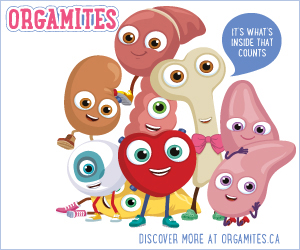While most students have now found their school rhythm, settling comfortably into schedules, activities, and friendships, seniors grapple with a looming uncertainty – what comes next after graduation? School counsellors are being challenged to answer so-called “quick” questions about what to take in college or university, and to impart great wisdom about how to get a high-paying job. The sense of urgency increases as admission deadlines for post-secondary studies come closer, and swells again as graduation nears.
The potential depth of these career conversations is probably what inspired your staff to pursue advisory and counselling work in the first place, but without proper tools and support, this exploratory work can quickly become draining. School principals and the administrative team play a key role in cultivating a culture that values career education, providing resources to support staff and advocating for equitable access to career information for all students.
The free guidebook we’re introducing through this article was developed to support your students (their parents) and your staff. It won’t address every student’s career issue, but it certainly will help to untangle the complexity of one major field of study – Computing.
It’s called “Computing Careers & Disciplines: A Quick Guide for Prospective Students and Career Advisors” (Connolly, Miller, & Uzoka, 2025), and thanks to the generous support of CERIC, it’s available as a free PDF download in both English and French (ceric.ca/publications, see Figure 1).1

FIGURE 1: Cover Page of the Guide (3rd edition)
As digital technologies play an ever-increasing role in our lives, the concept of digital literacy has broadened substantially in schools (McGarr, Exton, Power, & McInerney, 2023), moving from proficiencies to cyber-ethics and safety. Coding and other computer science competencies that were once seen as specialist areas are now often implemented as core subjects. While interest in computing remains high, school counsellors have told us that there is little information about educational and work pathways into these disciplines. This Guide addresses that need.
Counsellors are the conduit through which information and resources about careers flow, facilitating student pathways into post-secondary studies. Recognized as a source of social capital for students, counsellors provide career guidance within a supportive relationship, especially impactful for low-income or first-generation learners (Brian et al., 2011, Mcdonough, 2005; Perna et al., 2008). Counsellor time, focus, and expectations matter for student outcomes. In one study by Bryan, Kim, and Liu (2022), the time school counsellors spent focusing on post-secondary readiness directly correlated with the probability that students will enroll in bachelor degree programs. The greatest impact was realized when counselling efforts were focused on 11th graders.
The National Association of Secondary School Principals (NASSP) and the American School Counselors Association (ASCA) concur that the success of a school counseling program lies with the principal’s support and involvement (National Office for Student Advocacy, ASCA, & NASSP, 2009). Strear et al. (2019) found that school counsellors have strong interest in establishing closer and ongoing connections with school principals. Administrators and practitioners acknowledge that their collaborations work to promote positive school cultures where students reach academic goals, are emotionally robust, and better prepared for postsecondary opportunities (Janson et al., 2008). Sharing career development resources, like this Guide, helps to foster such collaborations.
Computing is one of those career interest areas where students often say they feel quite confident about their understanding of what the job entails, but research shows that their knowledge of these fields is lacking. Even though the youth of today have grown up with computers, gaming consoles, and phones, when they apply to study something like computer information systems, they often don’t know what they’re getting in to (Connolly, et al., 2016; Courte & Bishop-Clark, 2009).
Recent research focusing on science, technology, engineering, mathematics (STEM) and computing fields have discovered that outcome expectancy and background knowledge are of primary importance to students when choosing one of these career paths (Nugent, et al. 2015; Stipanovic, Stringfield, & Witherell, 2017). Career expectations can be framed as our perception of what a career would be like, including perceived monetary, social, and self-satisfaction outcomes. Outcome expectancy is particularly influenced by role models (people we know who work in those careers) and our ability to visualize what it’s like to work in that field. False confidence based on erroneous outcome expectations can lead to being stuck in a program that doesn’t suit their interests. Making the “wrong” career choice can cost time, money, and momentum as course curriculums are often so distinct that switching programs usually equates to starting over.
Laid out like a graphic novel (see Figure 2), using pictures more than words, professor/designer/lead author Randy Connolly has created a visual story for each computing discipline. The illustrations encourage students to develop outcome expectations informed by data, reinforced and further supported by alumni testimonials.

FIGURE 2: Six Reasons to Choose a Computing Career (page 3 of the Guide)
High school counsellors have told us that they get asked about computing careers quite often (Miller, Connolly, & Uzoka, 2024), and all respondents said more resources about computing careers are needed. Common questions from students fell into four main categories:
- Employment Prospects (demand, income, trends, entry into the field, and ways to apply education across disciplines)
- Educational Pathways (where should I study? What program is best? College or University?)
- University Entrance Requirements (competitive averages, HS course requirements, pathways in), and
- Questions about Experiential Learning (hands-on experience, coop programs, job-routes, coding camps)
As you could likely guess, counsellors told us that the most popular computing job areas of interest for high school students included game development, game design, and computer science. Information systems, information technology, cybersecurity, and data science were among those areas of computing that are the least understood. These occupational areas are growing in demand, but students don’t yet understand what credentials in these fields can lead to.
Indeed, most students (and many advisors) don’t realize the ginormous diversity of work that falls under the computing umbrella. The Association of Computing and Machinery has articulated seven distinct disciplines (ACM, 2020), which are: computer engineering (CE), computer science (CS), cybersecurity (CY), data science (DS), information systems (IS), information technology (IT), and software engineering (SE). While there is topic overlap across the fields, each has a unique and distinct identity. A university degree in any one of these areas is an effective way to achieve a computing career, but there are many other paths that can be considered. Two-year diplomas, three-year associate degrees, post-degree certificates, code camps, and on-line courses, could all lead to a satisfying computing career.
To help students and their advisors understand these areas, the Guide highlights each discipline, then lists a variety of educational pathways and programs from across Canada that can lead into that field. The “Computing Careers & Disciplines: A Quick Guide for Prospective Students and Career Advisors,” is oriented around three key questions:
- Why should you consider computing as a career?
- What kinds of computing jobs are out there?
- What kind of educational pathways can one take to achieve one of those computing jobs?
With the Guide’s comprehensive Canadian details, your counsellors and advisors can transform the challenging “How do I get there?” question into actionable, specific guidance (see Figure 3 below).
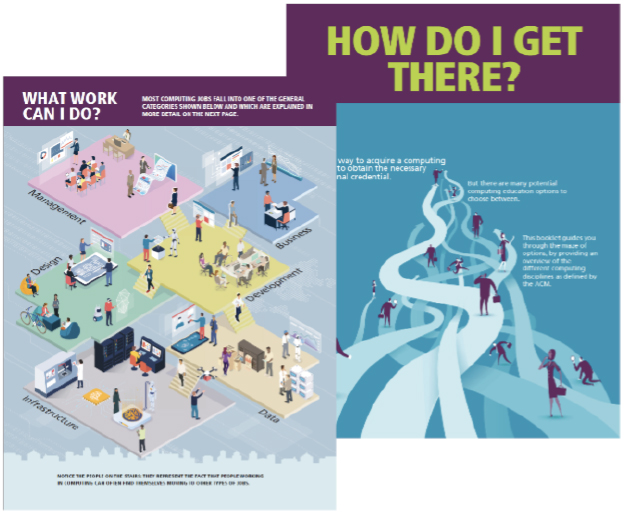
FIGURE 3: Pathway and place metaphors (pages 4 and 5 of the Guide)
Detailed profiles of the seven main ACM disciplines (CE, CS, CY, DS, IT, IS, SE) are included along with several other computing specialties (including bioinformatics, network technology, game development, artificial intelligence, and web development). The main disciplines are presented across a four-page spread, including information about the field, sample degrees and core-courses that can be expected in those programs, information on other pathways into the field, and information about job tasks and responsibilities typically associated with this line of work.
Advisors have told us that metaphors make it easier for students to compare and contrast choices, and we know that within the career advising field, spatial and journey metaphors such as paths, roads, buildings, and maps are commonly encountered (El-Sawad, 2005). These help clients to think of career development as an active experience promotes exploration and emphasizes agency in direction, pace, and destination. Journey metaphors also normalize bumps in the road or setbacks that often occur with career exploration. Place metaphors also emphasize intentional design, exploration, personalization, and movement – all of which apply to the experience of career development.
In line with this approach, and to help explain the differences in these computing disciplines, the Guide makes use of urban and architectural metaphors. Of course, in computing, the term “architecture” is used to refer to a wide range of topics from hardware topologies, to software constructs, to chip design. Here it’s used as a more literally. Each computing career area was illustrated as a city district that visually encapsulates how the discipline is understood by ACM. This might be considered the “outside” view of the discipline – the official description of the field. What students might see from the outside.
For instance, to represent software engineering, with its electrical engineering foundation, Connolly created an illuminated night-time downtown cityscape. Cybersecurity is represented as an airport, while information systems, with its focus on business usages of computing, is unsurprisingly represented as a financial district. Computer science, which is often at the forefront of computing innovations, is situated in a futuristic Mars space station. These “outside” views are then combined with text from the 2020 ACM Computing Curricula Overview Report (ACM, 2020), as can be seen in Figure 4.
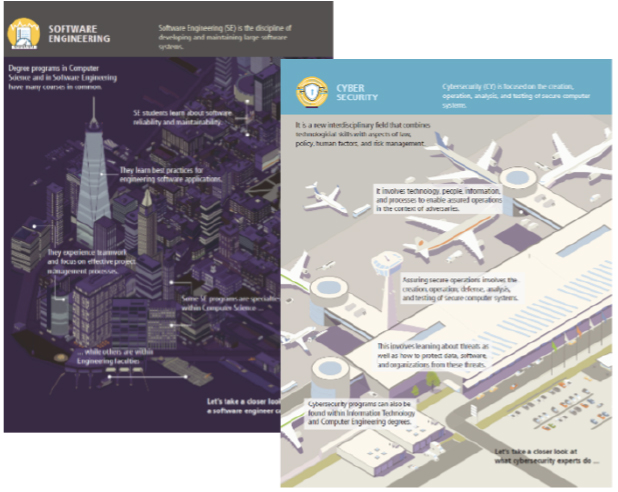
FIGURE 4: Sample “outside” discipline views
Walker (2019) recently wrote that “prospective students (or students at the start of their academic career) likely have little sense of the full range of opportunities and options within the computing discipline” and that they “rarely have considered … what work in the field might entail.” (p.11) So while the “outside” view corresponded to the educational definition of the discipline, our “inside” view corresponds to the typical career or work tasks performed by graduates within their field. And as can be seen in the sample inside view pages shown in Figure 5 we tried to capture the overlaps between disciplines via the bottom-of-the-page reflections of the persona characters from other disciplines.
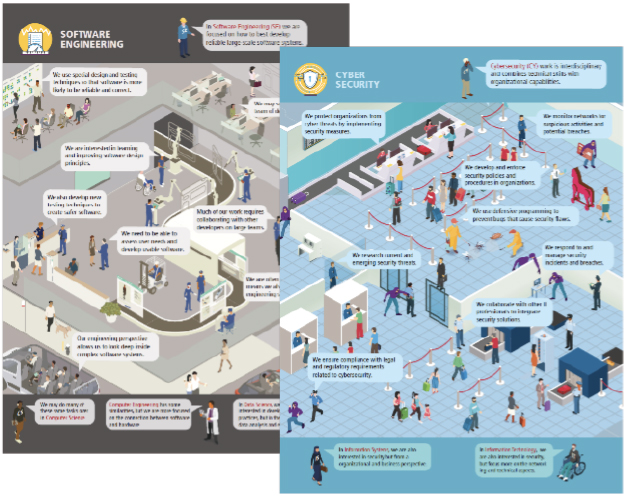
FIGURE 5: Sample “outside” discipline views
To further support your advising staff, for each discipline, on the job activities and core courses related to the field are listed. For each area we’ve also provided sample degree programs from Canadian colleges and universities, as well as alternative education pathways. All of this information is Canadian-specific and includes opportunities from across the country.
One of the best features for advisors to reference are charts like those shown in Figure 6. The area covered in each diagram comes directly from the ACM 2020 Computing Curricula, reimagined as visual clouds to support career exploration. Advisors have told us that these are particularly useful tools for working one-on-one with students or when conducting information workshops, as they convey a lot of information and clearly illustrate the differences between disciplines. Individuals can then map their own interests and learning styles onto the chart to get a quick impression of which computer discipline might suit them best.
Consider the two images shown in Figure 6, one representing computer science and the other illustrating information technology. At quick glance we can see that computer science takes a theoretical approach to computing, contrasted with the practical focus of information technology. The theoretical side will appeal to learners who appreciate the big picture point of view, and those who can tolerate thought experiments and discussions of possibilities. The applied side will appeal more to hands-on learners and those who think about pragmatics, logistics, user experience, and the benefits of experiential learning. These area clouds quickly show that while CS and IT both cover application technologies, software methods and system infrastructure – they do so from different perspectives.
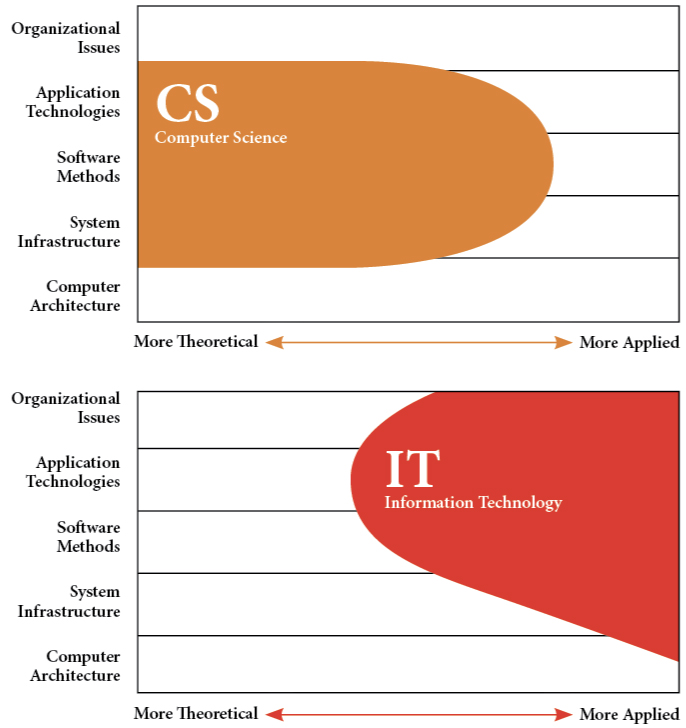
FIGURE 6: Sample Area Coverage Cloud Charts
These coverage clouds, created for each of the seven main computing disciplines, serve as a gentle but effective way to start a conversation about career choice. They also help students to develop more realistic views of what study and practice in each area will look like and feel like. The ACM curriculum document defines each of these areas in detail, but these snapshots help students to match the work with their personality type and areas of interest with ease.
As you look through the Guide and discuss it with your school counselling team, please also highlight the section that describes how computing can be combined with other fields of study. A degree in computing might be augmented by courses from other disciplines (like linguistics, art, music, psychology, law, or the humanities). Similarly, those who wish to complete a degree in a non-computing field might benefit from adding a minor in a computing field or going on to complete a certificate in a computing discipline post-graduation. We see this often in careers like engineering, accounting, chemistry, archeology, psychology and even medicine.
Lyon and Denner (2017) noted that support from advisors and counsellors is helpful for all students, but essential for individuals who travel on less common, more convoluted career pathways. We hope that this Guide will be of benefit to your team’s work, making it easier to describe these fields and support students to develop accurate pictures of their possible futures in the dynamic and exciting world of computing. Please pass along this resource to anyone who might be interested. The Guide is available as a free downloadable resource, and print copies are available for a small fee. If you have any questions about the Guide, or if you’d like to arrange a professional development session for your staff, please reach out.
References
Alexander, P.M. et al. (2011). Factors affecting career choice: Comparison between students from computer and other disciplines. Journal of Science Education and Technology, 20(3), 300–315.
Association for Computing Machinery, (2020). Computing Curricula 2005 – The Overview Report. 200; http://www.acm.org/education/curricula-recommendations. Accessed 2020 April 16.
Bryan, J., Kim, J., & Liu, C. (2022). School counseling college-going culture: Counselors’ influence on students’ college-going decisions. Journal of Counseling and Development, 100, 39-55. DOI: 10.1002/jcad.12408
Connolly, R., Miller, J., & Uzoka, F.M. (2025). Computing Careers & Disciplines: A Quick Guide for Prospective Students and Career Advisors. Ottawa, Canada: CERIC
Connolly, R., Miller, J., Uzoka, F-M., Lunt, B., Schroeder, M., Miller, C.S., & Habinka, A. (2016). Red fish blue fish: Reexamining student understanding of the computing disciplines. In Proceedings of the 17th annual conference on information technology education, (SIGITE 2016), ACM: New York, NY, 115–120.
Courte, J. and Bishop-Clark, C. 2009. Do students differentiate between computing disciplines?. In Proceedings of SIGCSE ‘09, 29-33. DOI=http://dx.doi.org/10.1145/1508865.1508877. El-Sawad, A. (2005). Becoming a lifer? Unlocking career through metaphor. Journal of Occupational and Organizational Psychology, 78(1), 23–41. DOI: https://doi.org/10.1348/0963117904X22917.
Janson, C., Militello, M., & Kosine, N. (2008). Four views of the professional school counselor-principal relationship: A Q-methodology study. Professional School Counseling, 11 (6), 353–361. https://doi.org/10.5330/PSC.n.2010-11.353
Lyon, L.A. & Denner, J. (2017). Community colleges: A resource for increasing equity and inclusion in computer science education. Communications of the ACM, 60(12), 24–26.
McGarr, O., Exton, C., Power, J., & McInerney, C. (2023). What about the gatekeepers? School principals’ and school guidance counsellors’ attitudes towards computer science in secondary schools, Computer Science Education, 33(2), 168-185.
Miller, J., Connolly, R., & Uzoka, FM. (2024). High School Counsellors and the Computing Disciplines: What do your students want to know? study in progress.
National Office for Student Advocacy, American school counselor association, and national association of secondary school principals. (2009). Finding a way: Practical examples of how an effective principal-counselor relationship can lead to success for all students. College Board.
Nugent, G., Barker, B., Welch, G., Grandgenett, N., Wu, C., & Nelson, C. (2015). A Model of Factors Contributing to STEM Learning and Career Orientation. International Journal of Science Education, 37(7), 1067–1088. DOI: https://doi.org/10.1080/09500693.2015.1017863.
Stipanovic, N., Stringfield, S., & Witherell, E. (2017). The Influence of a Career Pathways Model and Career Counseling on Students’ Career and Academic Self-Efficacy. Peabody Journal of Education. 92(2), 209–221. DOI: https://doi.org/10.1080/0161956X.2017.1302217.
Strear, M. M., Van Velsor, P., DeCino, D. A., & Peters, G. (2019). Transformative school counselor leadership: An intrinsic case study. Professional School Counseling, 22(1). https://doi.org/10. 1177/2156759X18808626
Walker, H.M. (2019). What kind of computing program(s) should my school offer? ACM Inroads, 10(4), 10–14. DOI: https://doi.org/10.1145/3362808.
THE AUTHORS:
Janet Miller, PhD., Registered Psychologist (AB & ON), Professor, Student Counselling, Mount Royal University
Professor Randy Connolly, Department of Mathematics & Computing, Mount Royal University



